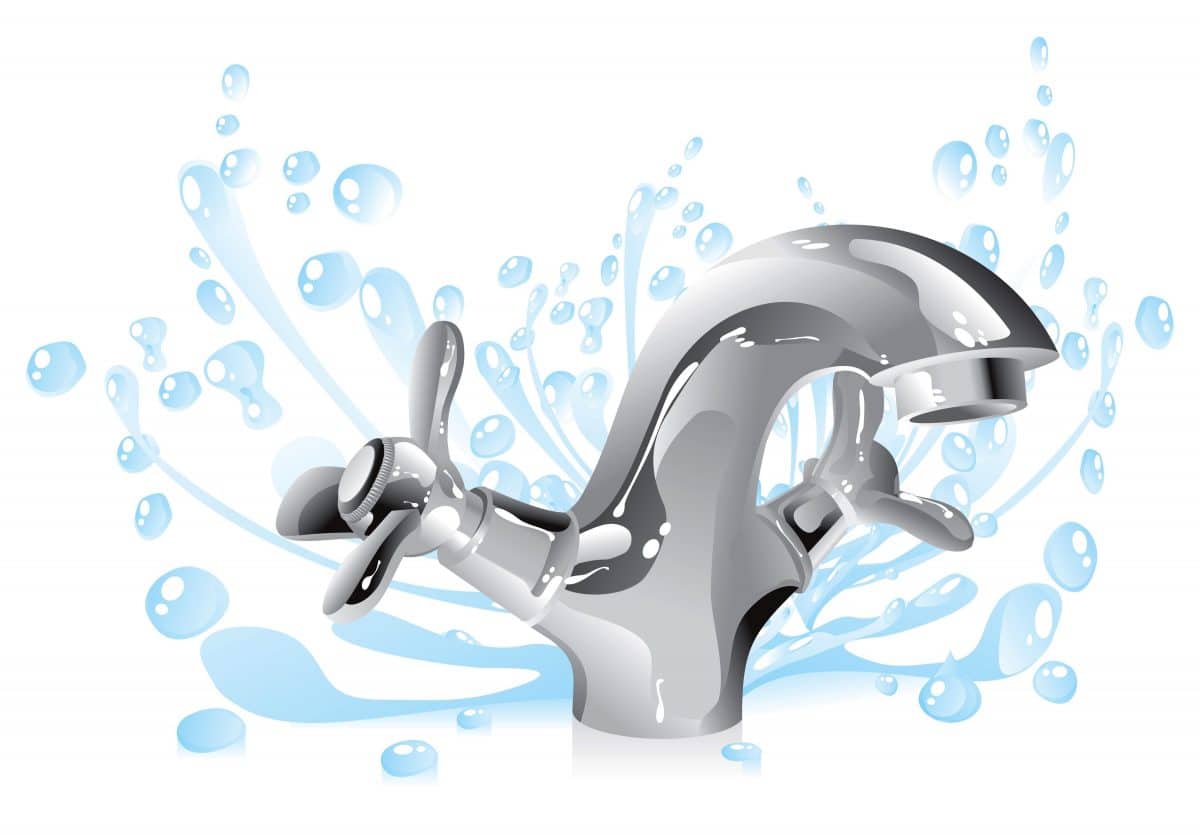
It’s a sound that can test the sanity of any homeowner: the slow, rhythmic drip… drip… drip of a leaky faucet. It’s easy to put off the repair, but that seemingly small drip is a constant source of wasted water and money. A single faucet leaking at a rate of one drip per second can waste more than 3,000 gallons of water over the course of a year—enough for more than 180 showers! This drives up your water bill and contributes to unnecessary water waste in our dry Southern California climate. The good news is that most leaky faucets are caused by a simple, worn-out part. Understanding the cause can help you decide whether to repair or replace the fixture.
Why Faucets Leak: The Common Culprits
The mechanics of a faucet are all about creating and releasing a watertight seal. When a faucet leaks, it’s because that seal has been compromised. While there are several types of faucets (compression, cartridge, ball, ceramic disk), the reasons they leak are usually quite similar.
- Worn-Out Washer or O-Ring: This is the most frequent cause of drips, especially in older, two-handle compression faucets. Every time you turn the handle, it puts pressure on a rubber washer or O-ring. Over thousands of cycles, this small rubber part wears out, hardens, or cracks, allowing water to seep past the seal.
- A Failed Cartridge: Many single-handle faucets use a self-contained cartridge that controls the flow and mixing of hot and cold water. The seals inside this cartridge can wear down over time, leading to a drip from the spout or a leak around the base of the handle.
- Mineral Buildup (Scale): San Diego is known for its hard water, which is high in mineral content. These minerals can build up on the internal parts of your faucet, particularly the valve seat. This scale can prevent the washer or seals from seating properly, causing a persistent drip.
- Corrosion: Over many years, the valve seat or other internal metal components of the faucet can corrode, creating a rough, uneven surface that can no longer form a tight seal.
The Environmental Protection Agency’s WaterSense program actively encourages homeowners to find and fix leaks, highlighting that this simple act can save about 10 percent on the average water bill.
Repair vs. Replacement: Making the Right Choice
When faced with a leaky faucet, you have two options.
- When to Repair: If your faucet is relatively new, is a high-quality brand, and you still like its style, a repair is almost always the most cost-effective solution. A professional plumber carries the necessary replacement parts—washers, O-rings, and cartridges—for most common faucet models and can often complete the repair in under an hour, stopping the leak and restoring the faucet to perfect working order.
- When to Replace: It’s time to consider a full replacement if the faucet is very old, heavily corroded, or if the internal valve seat is too damaged to be repaired effectively. It’s also a great opportunity to upgrade the look of your kitchen or bathroom. Replacing an old faucet with a new, modern WaterSense-labeled model can improve the aesthetics of your room while also significantly reducing your water consumption. Home renovation resources often provide guides on the latest faucet technologies and styles, which can help you choose a new model.
Your San Diego Faucet Repair and Replacement Experts
While some handy homeowners might be comfortable replacing a washer, faucet repairs can quickly become complicated without the right tools or knowledge. An improper repair can lead to bigger leaks and water damage. For a guaranteed, professional solution to that annoying drip, it’s best to call an expert. For homeowners throughout San Diego, the team at Drain Masters provides expert faucets repair and replacement services. Contact us today to schedule your service and stop the drip for good.

